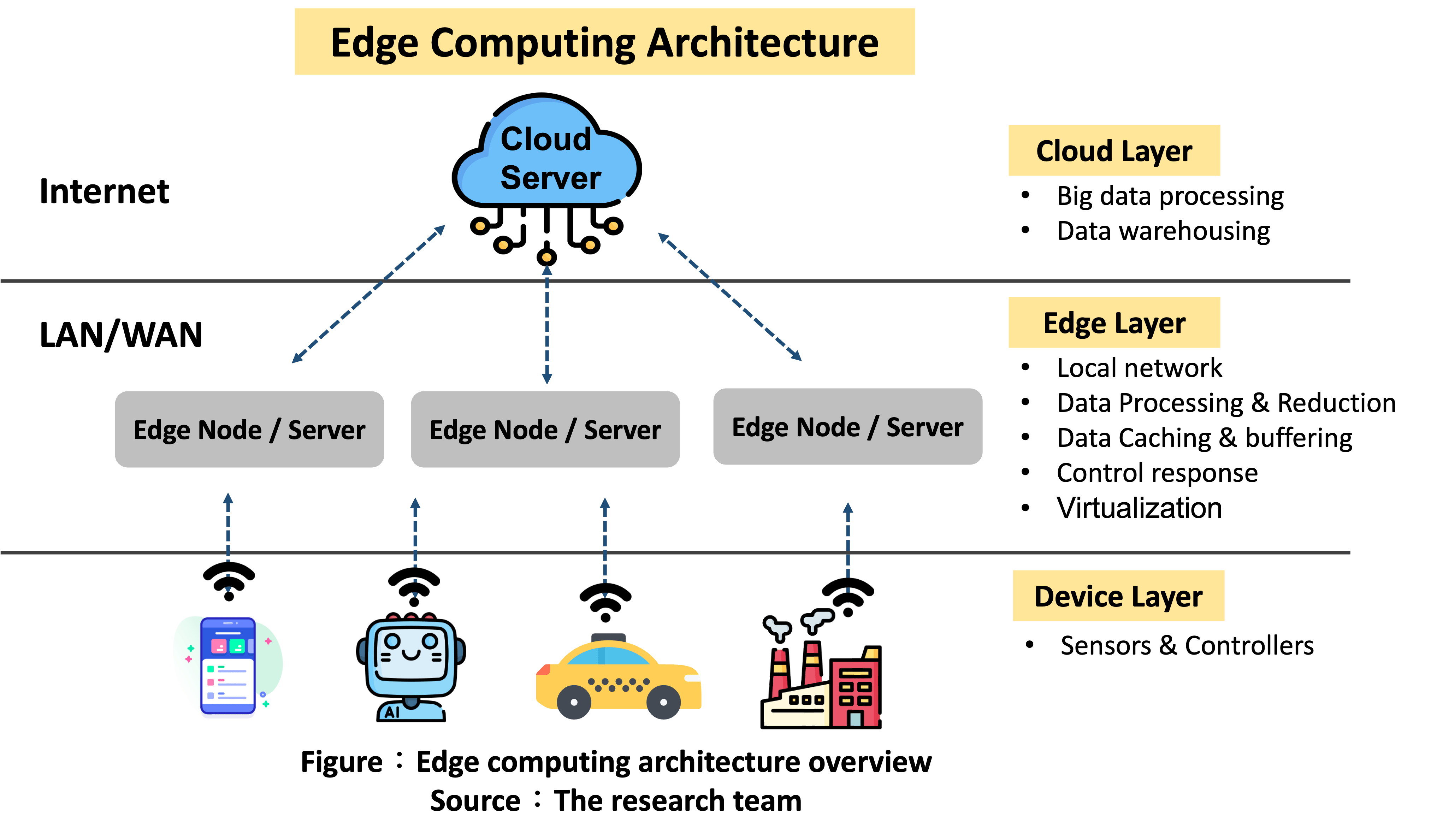Edge Revolution: Transforming Business Operations


Harnessing the Edge: A Paradigm Shift in Business Operations
In the era of digital transformation, edge computing has emerged as a game-changer in the realm of business operations. This decentralized approach to processing data is revolutionizing how organizations handle information, paving the way for enhanced efficiency, speed, and agility.
Defining Edge Computing
Edge computing involves processing data closer to the source of generation rather than relying solely on centralized cloud servers. This paradigm shift reduces latency and accelerates the processing of real-time data, making it especially relevant for businesses requiring instant insights and quick decision-making.
Real-Time Decision-Making at the Edge
One of the primary advantages of edge computing in business operations is its ability to facilitate real-time decision-making. By processing data closer to where it is generated, edge computing minimizes the time it takes for data to travel to a centralized server and back. This agility is invaluable in scenarios where split-second decisions are critical.
Enhanced Efficiency and Reduced Latency
Edge computing brings computing resources closer to devices and sensors, reducing latency and enhancing overall system efficiency. In sectors such as manufacturing, healthcare, and logistics, where immediate responsiveness is paramount, edge computing ensures that processes operate seamlessly and without unnecessary delays.
Optimizing Bandwidth Usage
By processing data locally at the edge, organizations can optimize bandwidth usage. This is particularly advantageous in scenarios where bandwidth is limited or costly. Edge computing allows businesses to prioritize critical data processing locally, reducing the need for constant communication with centralized servers.
IoT Integration for Smart Operations
Edge computing plays a pivotal role in the integration of the Internet of Things (IoT) into business operations. Connected devices and sensors at the edge generate vast amounts of data, and processing this data locally enables organizations to derive actionable insights without overwhelming centralized cloud infrastructure.
Securing Sensitive Data at the Edge
Security is a paramount concern for businesses, especially when dealing with sensitive data. Edge computing allows organizations to process critical data locally, minimizing the risks associated with transmitting sensitive information over networks. This approach enhances data privacy and strengthens overall cybersecurity measures.
Edge Computing and Scalability
Scalability is a key consideration for businesses aiming to adapt to changing demands. Edge computing facilitates scalability by distributing computing resources across the network. This ensures that as the volume of data and devices increases, the infrastructure can seamlessly scale to accommodate the evolving requirements of the business.
Challenges and Considerations
While the benefits of edge computing are substantial, businesses must navigate challenges such as standardization, interoperability, and management of distributed infrastructure. Addressing these considerations is crucial for a successful implementation that aligns with the specific needs and goals of the organization.
Industry-Specific Applications
The impact of edge computing varies across industries, with tailored applications that address unique operational requirements. In healthcare, for instance, edge computing supports real-time analysis of patient data, while in retail, it enables personalized customer experiences through edge-driven analytics. Understanding these industry-specific applications is essential for organizations seeking to leverage edge computing effectively.
The Future Landscape of Edge Computing
Looking ahead, the future of business operations is undeniably intertwined with the evolution of edge computing. As technologies like 5G continue to advance, enabling faster and more reliable connectivity, the potential applications of edge computing will expand further. Staying abreast of these developments is imperative for businesses aiming to stay ahead in the competitive digital landscape.
In conclusion, the adoption of edge computing in business operations marks a paradigm shift, offering a decentralized approach that aligns with the demands of the digital age. To explore more about Edge Computing in Business Operations, visit activolaboral.com and discover the transformative power of real-time, edge-driven decision-making.







